After prolonged rainfall over the weekend, a further 25mm to 32mm fell on Tuesday into Wednesday, and many fields are at saturation point. In large parts of the midlands, west and border regions, cattle have been rehoused at night but in some of the wetter areas during the day too to avoid poaching.
While there have been some variations in the volume of rainfall, most of the country has had a very wet May thus far. As outlined in Fgure 1, rainfall ranged from 43.7mm to 5 May in Oakpark, Carlow to 64.6mm in Johnstown, Co Wexford.
With ground saturated in most areas, grazing is extremely difficult. The key at the moment is to avoid poaching as it can reduce grass growth by 15-20% depending on the extent of damage. Where farmers are on dry ground, but rainfall is heavy, using roadways and stand-off pads during periods of wet weather can help to reduce walking and poaching. Where light stock are grazing, cattle should be moved to a fresh piece of ground every 12 to 24 hours and cease grazing out swards to 4cm until conditions improve.
Using a back fence will reduce the area cattle are walking on and thus reduce ground damage. Autumn-calved cows should be the first group housed if weaning is a possibility. These cows are not priority and early weaning may be a preferred option. The weanlings can remain at grass as they are lighter and will cause less ground damage.
Finishing cattle are another group that could be housed early for finishing, particularly on heavily stocked farms that are suffering as a result of poor grass growth. Farmers on heavier ground have been forced to house spring-calved cows. This is far from ideal during the breeding season. Where cows are housed, calves should be allowed out to graze. On-off grazing will ensure that calves continue to graze, but it will also reduce suckling inhibition and help to get cows back cycling more quickly.
This could be vital in a year like this where the diet is changed due to grazing conditions. Where cows are housed and silage is being fed, supplementation should be considered to keep energy intake up to avoid a negative impact on cows that have been bred.




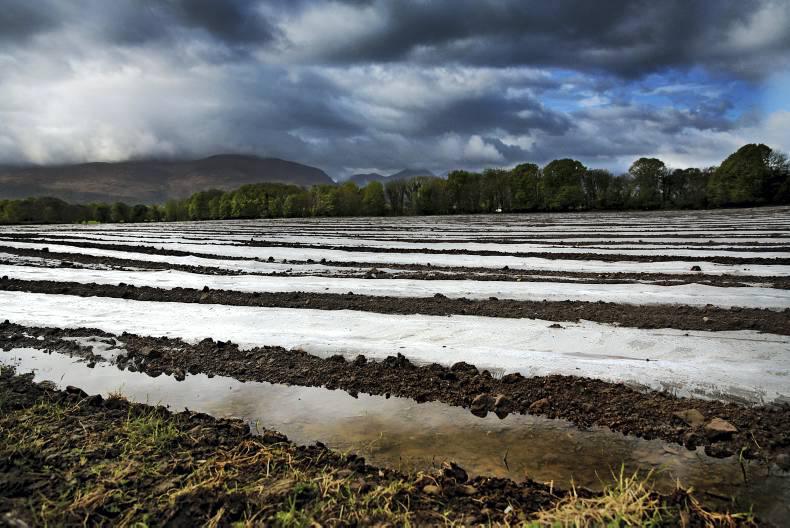
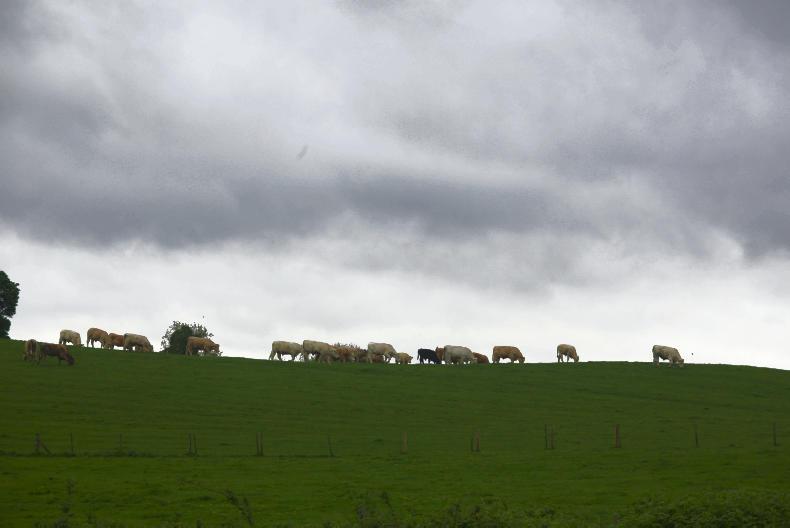

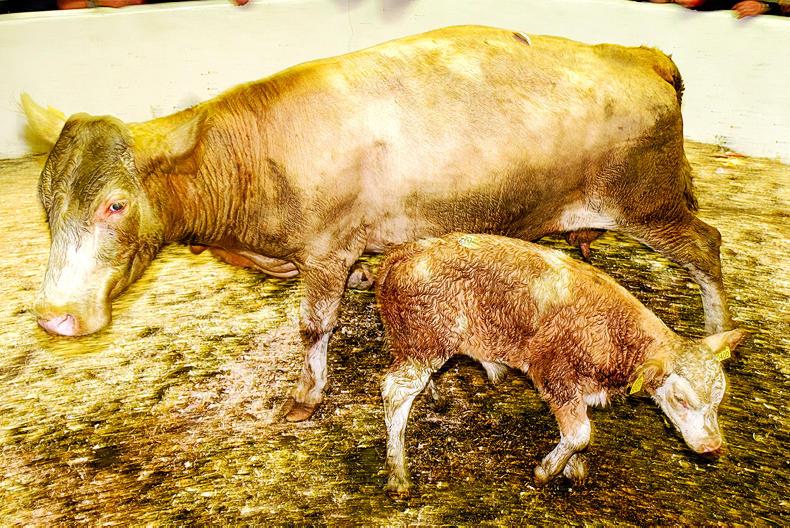
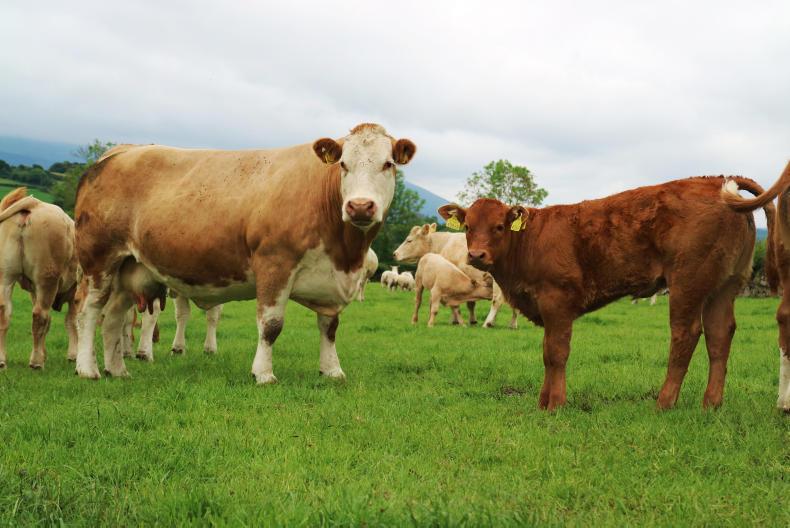
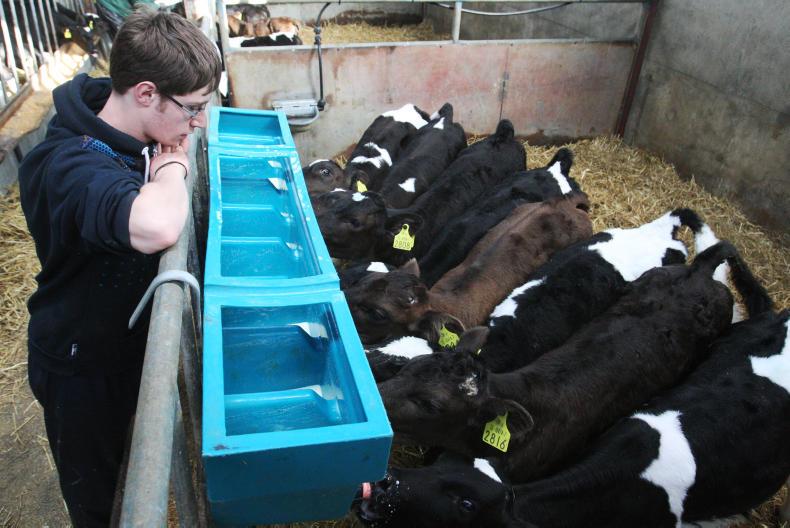
SHARING OPTIONS